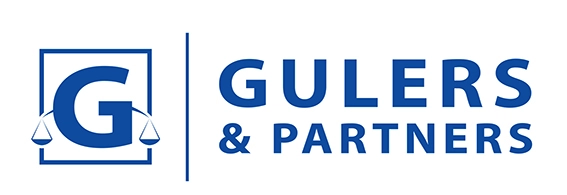The Relationship Between Virtual and Physical Goods and Services
The development of NFTs, artificial intelligence, and the metaverse has seen many individuals and legal entities start to include virtual goods and services within the scope of their trademarks. Discussions have been widely held about whether virtual goods and services are similar to physical goods and services and under which class these goods and services should be included in the Nice Classification, and the following developments have taken place in this regard.
In a decision issued on March 31, 2023, which was subsequently finalized, following an opposition based on a pre-existing trademark owned by a client company based in the United States, the Trademarks Department of the Turkish Patent and Trademark Office (“the Office”) determined that virtual and online goods/services were similar to physical goods/services, and rejected the trademark application pursuant to Article 6/1 of the Industrial Property Code No. 6769 (“IP Code”).
The trademark application was filed for clothes under the scope of class 25 and retail services allocated to clothes under class 35, among others.
The opponent filed an opposition against the application insofar as it sought registration for clothes and retail services allocated to clothes, as it was identical to its pre-existing trademark covering the “Downloadable virtual goods in the field of fashion for use in virtual environments and worlds; downloadable virtual goods in the nature of clothing, jewellery, watches, bags…” in class 9, “Retail store and online retail store services featuring virtual goods - namely, clothing, jewellery, watches, bags.. eyewear and other retail items” in class 35; and “Entertainment services - namely, providing online, non-downloadable virtual clothing, jewellery, watches, bags… and other retail items” in class 41, among others.
Upon examination of the opposition, the Office determined that the trademarks were similar, and that the virtual and online goods/services covered by the opponent’s trademark were similar to the physical goods/services covered by the opposed trademark. As a result, the trademark application was rejected in accordance with Article 6/1 of the IP Code.
Likewise, in the United States, a trademark application filed by a third party containing the word element “Gucci”, covering “downloadable virtual goods - namely, computer programs featuring footwear, clothing, headwear, eyewear … and charms for use in online virtual worlds” in class 9 and “retail store services featuring virtual goods - namely, footwear, clothing, headwear… and charms for use in online virtual worlds” in class 35 was rejected by the US Patent and Trademark Office (“USPTO”) after a preliminary examination, on August 30, 2022. The USPTO found that, due to the close association between virtual and physical goods/services, consumers encountering the parties’ goods and services would presume that they originated from the same source.[1] Therefore, the decision of the Turkish Office is consistent with the approach of the USPTO. It seems then that trademark offices across the world are acknowledging that virtual and physical goods/services are similar or related.
In addition, during the webinar entitled "Trademarks and designs in the metaverse: legal aspects/EUIPO practice" organized by the European Union Intellectual Property Office (“EUIPO”) on September 13, 2022, it was stated that the key aspect of virtual goods is to emulate core concepts of real-world goods and that the consumer perception criteria used for real-world goods can also be applied to virtual goods.[2]
In parallel with all such developments worldwide, it is seen that virtual goods and services and NFTs have been included under certain goods and services in the 12th edition of the Nice Classification published by the World Intellectual Property Organization (“WIPO”), which entered into force as of January 01, 2024.[3] For example, under class 09 “Downloadable digital music files authenticated by NFTs, downloadable digital image files authenticated by NFTs, downloadable application software for virtual environments”, under class 25 “clothing authenticated by NFTs“ and under class 41 “simulated travel services provided in virtual environments for entertainment purposes, entertainment services provided in virtual environments” have been included.
To conclude, trademark offices around the world and in Türkiye have acknowledged that virtual and physical goods and services are similar or related and that virtual goods and services will be included in detail in the Nice Classification in the upcoming years.
[1] https://tsdr.uspto.gov/documentviewer?caseId=sn97112038&docId=NFIN20220830103820#docIndex=2&page=1
[2] https://euipo.europa.eu/knowledge/course/view.php?id=4763
[3] https://www.wipo.int/classifications/nice/nclpub/en/fr/?gors=&lang=en&menulang=en&mode=flat¬ion=modifications&version=20240101
* First published by Gün + Partners.




















































 Successful
Successful